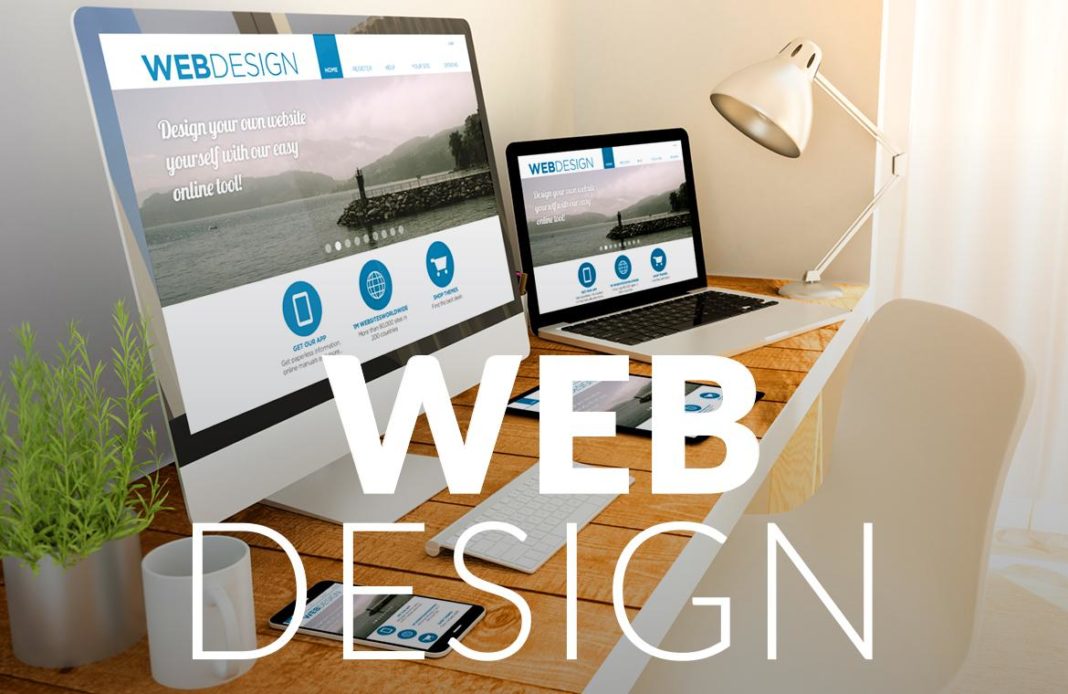The Web Design Revolution: Tactics for Company Boost

the current digital landscape, the way a business presents itself online can determine its success. Outstanding web design goes beyond just aesthetics; it serves as a key touchpoint between a brand and its customers. A carefully crafted website not only draws viewers but also enhances user experience, establishes credibility, and ultimately drives conversions. While navigating the ever-evolving realm of technology and consumer behavior, it becomes clear that investing in high-quality web design is no longer a luxury but a necessity for businesses aiming to thrive.
With the adoption of strategic web design practices, companies can significantly enhance their visibility and engagement. From responsive layouts that cater to various devices to intuitive navigation that guides users seamlessly through the content, every element plays a pivotal role in shaping the user journey. This article explores innovative web design strategies that can improve your online presence and advance your business forward in a competitive market. Embrace the web design revolution and watch as it transforms your business into a strong digital entity.
Fundamental Website Design Principles
Impactful web design starts with a concise and user-friendly layout. A well-organized framework guides users through the site, making information accessible to find. Using a grid-based system can help achieve visual balance and alignment, ensuring that elements are neatly arranged. Uniformity across all pages in terms of colors, fonts, and styles reinforces brand identity and creates a refined appearance that enhances user trust.
Another crucial principle is responsive adaptability. With an rising number of users accessing websites from different devices, ensuring that a site looks excellent and functions well on both PCs and mobile screens is essential. Applying flexible grids, responsive images, and media queries can considerably improve user experience. A responsive design not only caters to user needs but also improves search engine SEO, as search engines prioritize mobile-friendly sites.
Finally, visual hierarchy plays a vital role in guiding the user's attention. By using contrasting colors, font sizes, and spacing effectively, designers can draw focus to particular content, such as CTAs or important information. Strategic placement of elements based on their importance helps users navigate the website intuitively, increasing engagement and the chances of conversions. Understanding and applying these principles will substantially enhance the effectiveness of web design for any organization.

User Experience Optimization
Creating a seamless user experience is crucial in web design, as it immediately impacts how users interact with your site. A well-designed layout, intuitive navigation, and rapid loading times play a role to keeping users. When visitors find it simple to navigate through your website, they are more likely to explore additional content, ultimately leading to greater engagement and conversions.
Furthermore, optimizing for mobile devices is imperative in the current digital landscape. With a rising number of users visiting websites through cell phones and tablets, responsive design ensures that your content is available and aesthetically pleasing across all devices. This method not only enhances user satisfaction but also raises your site's visibility in search engines, as search engines give importance to mobile-optimized websites.
In conclusion, incorporating user feedback into your design process can lead to substantial improvements. Listening to jw-digital.co.uk helps identify pain points and areas needing improvement. Regularly revising your website based on user input builds a connection with your audience, creating a sense of trust. This process can boost loyalty and drive repeat visits, contributing to the success overall of your business.
Innovations in Visual Design and Innovations
In the modern digital landscape, aesthetic trends play a crucial role in web design, shaping how users experience websites. One prominent trend is the minimalist approach, which emphasizes cleanliness. Clean layouts with ample white space allow users to focus on essential content without distraction. This approach offers a streamlined user experience, making it easier for visitors to explore and find what they need, ultimately leading to higher conversions for businesses.
Another exciting trend making waves is the use of dramatic typography and bright color schemes. Dramatic fonts can convey the essence of a brand, while rich colors evoke specific emotions and create memorable experiences. Designers are increasingly opting for custom typography and contrasting colors to draw attention and enhance brand recognition. This visually arresting approach not only engages users but also reinforces a brand's identity in a crowded marketplace.
Additionally, the inclusion of interactive elements, such as moving features and engagement tools, is transforming web design. Subtle effects, like hover effects and loading animations, engage users and provide feedback that enhances usability. Websites that incorporate these features feel more responsive and interactive, creating a memorable user journey. As businesses strive to stand out online, embracing these visual innovations can lead to a more engaging web presence.
